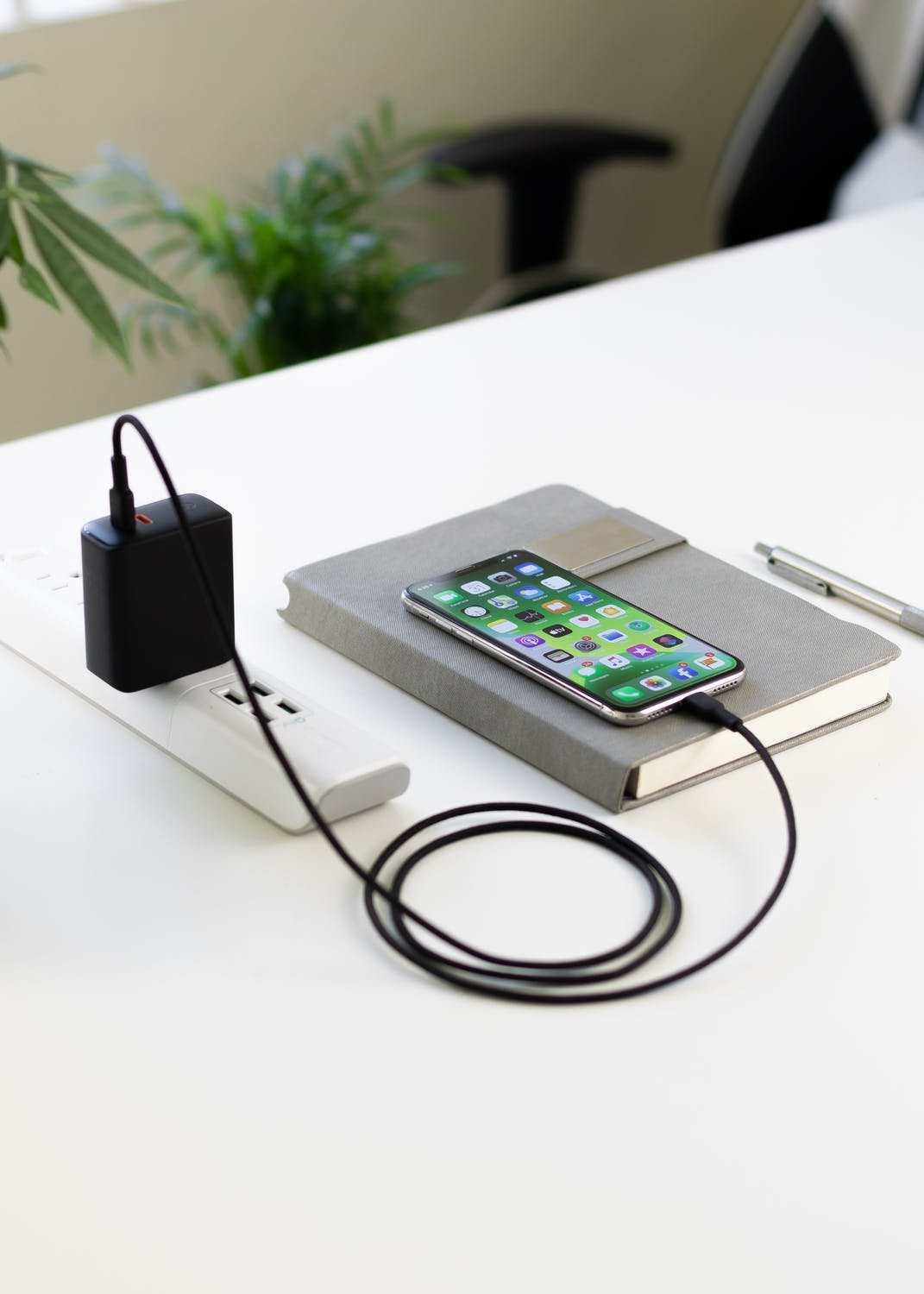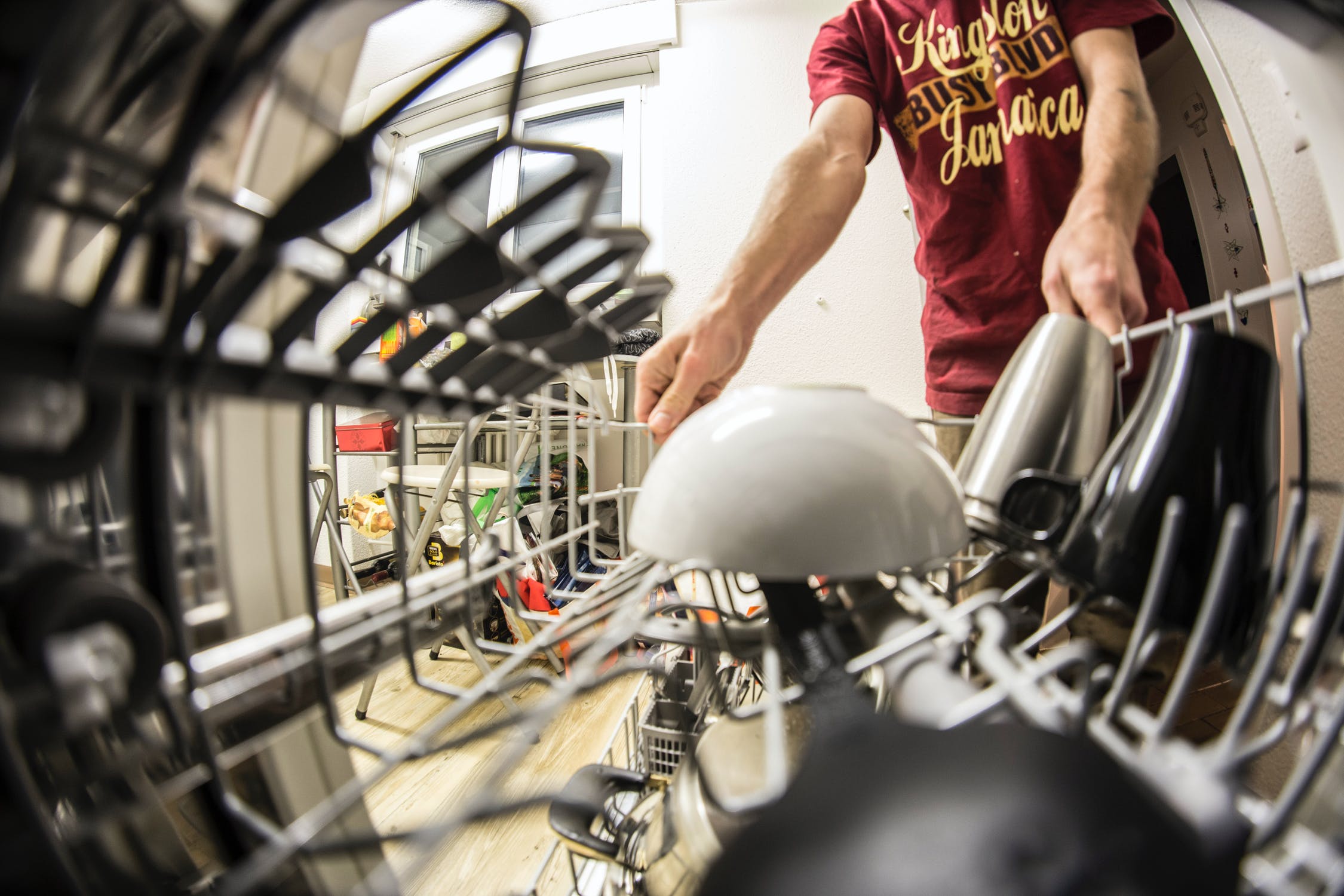
Let’s talk about sustainability—and what better place to start than at home? It’s also a timely topic, as Singapore’s Climate Action Week 2021 just concluded on 18 July.
We all know the importance of saving energy: it reduces our carbon footprint and depletion of resources, cuts down emissions by power generators, and could even decrease the amount of pollutants in the air. Even better for homeowners like us, saving energy also translates to cost savings in the form of lower bills!
If you’re not quite sure where to begin, why not start with your household appliances? Here are seven easy ways to save energy at home.
1. Turn Off Appliances When Not in Use
It’s wise to turn off appliances when not in use. For example, turn off the water heater when no one is showering (or within 30 minutes)—especially if you’re using a storage heater. There’s existing insulation within the tank to keep water warm, even overnight, and the delay in getting hot water is often due to the water travelling through the pipes.
The same goes for chargers, the television, lights and so on. If you’re not using it, turn it off to save electricity and to lower your household bills. Besides, you run the risk of an electrical fire if the device short circuits (that’s why home contents insurance is important too).
2. Unplug Unused Devices

In addition to turning off appliances that are not in use, you can go one step further and unplug them. Did you know that appliances, even when not in use or in standby mode, are still “sucking” power from your mains?
Such “phantom power” from “vampiric” appliances can cost a pretty penny too… From a few cents each month to as much as $10 (or more). This really adds up in the long run and is a waste of perfectly good electricity.
Want to know how much you could save after ridding your home of “Device Draculas”? Try this simple experiment: For a month or two, unplug all devices when not in use, and compare your electricity bill with previous months.
3. Buy Power-saving Appliances
We’ve all heard the “5 ticks Daikin” jingle on TV, but what is this ticks system anyway? Well, it’s an energy efficiency rating system introduced by the National Environment Agency to “help consumers better identify the more energy-efficient models and spur suppliers to offer more efficient products”.
The calculations on the NEA website are quite complicated, but all we need to know is that the greater the number of ticks, the better the energy efficiency.
Hence, when you shop for new appliances, you may see older and cheaper models with just two or three ticks. However, if you buy a more expensive appliance with four or five ticks, you could save more money in the long run as you spend less on electricity. You’ll be doing your part for the earth too.
4. Ensure Appliances Suit Your Needs

Do you have a gigantic storage heater at home, a huge oven that you only use once in a while to toast one slice of bread? Or perhaps you have a dryer when your home is breezy and sunny all year round, or a dishwasher when you live alone?
To save energy, it’s best to ensure that your appliances at home suit your needs.
If you’re not an avid baker or cook and all you’re doing is toasting bread, perhaps it’s better to do away with the oven and get a small toaster oven instead. Even better, you can even toast the bread in a pan, on the stovetop. If convenience is your aim, perhaps a microwave would suit your lifestyle better.
The same goes for a storage heater—a smaller one would be just right for a smaller family. Or you could consider a gas heater to save on electricity use. Have a service yard or balcony that sees sun most of the year? Why not hang out the clothes to dry instead of using a dryer? It also doesn’t make sense to invest in a dishwasher when you only need to wash minimal crockery and cutlery.
5. Use Smart Technology
If you’re often forgetting to turn off the lights/fan/aircon when you leave the house, why not convert some of the switches to smart switches? These can be connected to your home’s WiFi network and controlled remotely.
Of course, these smart devices may consume phantom power, but the trade-off of having a smart home is worth it, especially if the energy consumption of leaving these appliances on the whole day when no one is at home is much higher.
There are other devices, such as sous vide machines or washers, that can also be connected directly to your home’s WiFi and controlled remotely so you can save time, too.
Also read: Transforming A Plain 5-Room Flat to A Cool Smart Home: An Engineer’s Home Story
6. Keep Heat Out

Earlier we mentioned that your storage heater comes insulated so that the hot water within is able to retain heat, even overnight. The converse is true too. If you insulate your rooms (by fixing the gap under your door with a strip), you can also save energy by running the air-conditioner for less than an hour but keeping the room cool throughout the night when your windows and doors are closed.
You can also install solar film on your windows to keep daytime heat out, lower the blinds to stop glare, and use black-out curtains to further keep out heat if you or your kids need to take a much-needed afternoon nap.
If you’re a plant lover, you might also want to explore keeping certain plants that purportedly keep the home cool, due to their high water content and absorption of carbon dioxide. Some of these plants even help to flush out toxins in the air, as well as other benefits.
7. Harness Nature’s Forces
Last but not least, why not harness the power of nature to keep your home well-ventilated and cool, as well as bright? In addition, lighter coloured surfaces tend to reflect light. This could also make your house appear visually more spacious, and feel more welcoming for your guests.
All it might take is a simple paint job, opening more windows to let the breeze flow through your home, letting in more light, or shifting your work desk nearer to the window. You can also consider getting task lighting as well so that you can avoid switching on all the lights in a room when you only need a corner to be bright.
This way, you can reduce energy expenditure, lower your electricity bills and do your bit for Mother Earth.
More FAQs on Sustainability at Home
What Does a Sustainable House Need?
Appliances should be energy-efficient or less expensive to run. You could even consider installing solar panels!
How Can You Be Sustainable at Home?
Using the sun to dry your clothes, using smart technology and picking appliances that suit your needs are some ways to be sustainable at home.
What Things Can You Do at Home to Live More Sustainably?
Aside from saving on electric consumption, you can consider eating less meat and adhering to these sustainable food habits too!
For more property news, resources and useful content like this article, check out PropertyGuru’s guides section.
Are you looking to buy a new home? Head to PropertyGuru to browse the top properties for sale in Singapore.
Already found a new home? Let PropertyGuru Finance’s home finance advisors help you with financing it.
This article was written by Mary Wu, who hopes to share what she’s learnt from her home-buying and renovation journey with PropertyGuru readers. When she’s not writing, she’s usually baking up a storm or checking out a new cafe in town.

